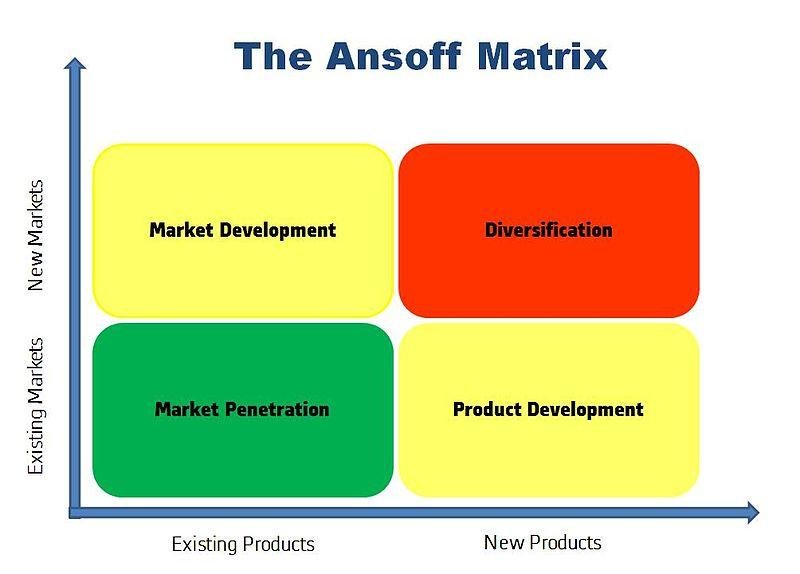Summary of the Case
The article ‘Cadbury Dairy Milk in India: Repositioning Brand to Sustain Leadership’, Chakraborty (2011, p. 1) focuses on the repositioning strategies that Cadbury Dairy Milk has used in the Indian market to sustain its leadership position.
When this firm entered the Indian market in 1947, chocolate was seen as a product bought through impulse. This means that, when shopping, one would end up buying chocolate even if it was not part of the plan. At this moment, the advertisements of Cadbury India Limited tried to justify the impulsive purchase of its products.
However, the changes in the market forces and increased level of education among Indians forced this firm to reposition its products. The management realised that many Indians were trying to cut impulsive buying due to tougher economic times. Positioning Cadbury products as impulse products was no longer viable.
The firm therefore, focused on its main target market which is the children. It positioned its products as the real source of joy for children. This worked well for the firm, but a market research revealed that this strategy was cutting out another potential market segment of the adults. The adults were forced to eat chocolates in secrete because it was positioned as a product for the children.
This forced the firm to reposition the product in the market to capture adults as well. The management tried to position it as a snack that was good for both children and adults. However, it realised that this would subject the products to a massive competition, especially from the home made snacks that were common in this market.
For this reason, the firm decided to target the children and adults differently in order to sustain its market leadership in the confectionary market. The Shubh Aarambh campaign was seen as a strategy that specifically meant to target the adults. These strategies used by Cadbury India Limited have helped the firm remain as the leading confectionary brand in India.
Porters Five Forces
Cadbury India Limited was forced to re-evaluate its marketing positioning because of the changing market forces. In order to understand the forces that were driving the change strategies for this firm, Porters Five Forces will be useful at this stage.
Figure 1: Porters Five Forces

Source (Wernerfelt 2006, p. 241)
The threat of new market entrants was one of the major forces that this firm had to deal with in the market. It was important to protect its products from the threats posed by the new entrants. The bargaining power of the buyers was another issue given the increasing levels of literacy among the Indians.
The firm realised that it had to justify its process to the buyers because they had been empowered not only due to their increased level of education, but also because of the increased options they had in the market. The firm also had to deal with the bargaining power of the suppliers.
The suppliers’ power increased with the increase in the number of confectionary firms. This firm had to find a way of developing a strategic alliance with the suppliers to protect its sources of raw materials. The threat posed by numerous substitutes such as sweets threatened the market position for this firm. This meant that the firm had to redefine its marketing strategies to fight off these substitutes.
Finally, the firm had to deal with the increasing rivalry among the existing companies. New firms were getting into this industry and this intensified the level of competition. Cadbury India Limited was forced to come up with superior strategies of reaching out to its customers and protecting its market share from the competitors.
International Product Strategies
According to Wernerfelt (2006, p. 244), one of the biggest challenges that firms face in their internalisation strategies is the approach to take in their international product strategies. In many cases, a firm will either decide to use adoption or standardisation approach.
It is important to note that the approach taken will affect all the departments within the firm either directly or indirectly. The strategy will largely depend on the orientation of a firm towards the foreign culture. This orientation may take ethnocentric, geocentric, or polycentric models. When using a standardisation strategy, product, pricing, place, and promotion take a uniform approach irrespective of the local market forces (Chaffey & Chadwick 2012, p. 84).
On the other hand, the adaption strategy emphasises on aligning these marketing mix factors to the local forces. This company has embraced adaption over standardisation strategy in its Indian markets as presented in the case study. The firm has been keen on aligning its marketing mix strategies with the local forces as much as possible. Factors such as culture, political forces, religious beliefs, economic forces, and the local emerging trends have been the main defining factors when developing the marketing strategies at this firm.
Brand Positioning
According to Egan (2013, p 56), “Brand positioning refers to target consumer’s reason to buy your brand in preference to others.” It is an attempt to position a given brand in a way that will be appealing to the targeted consumers in the market. Brand positioning enables a firm to convince the consumers that a given product offers a superior value as opposed to those of the existing competitors.
In order to position a brand effectively, a firm needs to understand the needs and values of its targeted consumers. This will enable a firm to come up with a message that will be based on their values and needs in the market. This is what Cadbury India Limited has been doing in the Indian market.
At first, the firm strongly believed that children were its target market hence the brand was positioned to target them. However, recent changes seen at this firm show that the firm has broadened its target market to include adults. Its positioning strategies in the market clearly demonstrate this fact.
Appropriate Business Model
In order to sustain growth in the market, a firm will need an appropriate business model. The Ansoff Matrix proposes a number of strategies that a firm can use to sustain its growth.
Figure 2: Ansoff Matrix

Source (Chaffey & Chadwick 2012, p. 78)
As shown in this model, Cadbury India Limited can choose any of the four options which are available as per this matrix to sustain its growth. Market penetration emphasises on the need to expand the market share within the local market using the existing products.
Market development on the other hand focuses on looking for new markets for the existing products. Product development emphasises on creation of new products for the existing market. Diversification involves creating new products for new markets. Cadbury India Limited has majorly been using market penetration and product development in its Indian markets.
List of References
Chaffey, D & Chadwick, F 2012, Digital Marketing: Strategy, Implementation & Practice, Pearson Education, Harlow.
Chakraborty, I 2011, Cadbury Dairy Milk in India: Repositioning Brand to Sustain Leadership, Amity Research, vol. 511. no. 37, pp 1-11.
Egan, J 2013, Marketing communications, Sage Publications Ltd, New York.
Wernerfelt, B 2006, Efficient Marketing Communication: Helping the Customer Learn, Journal of Marketing Research, vol. 33, no. 2, pp. 239-246.